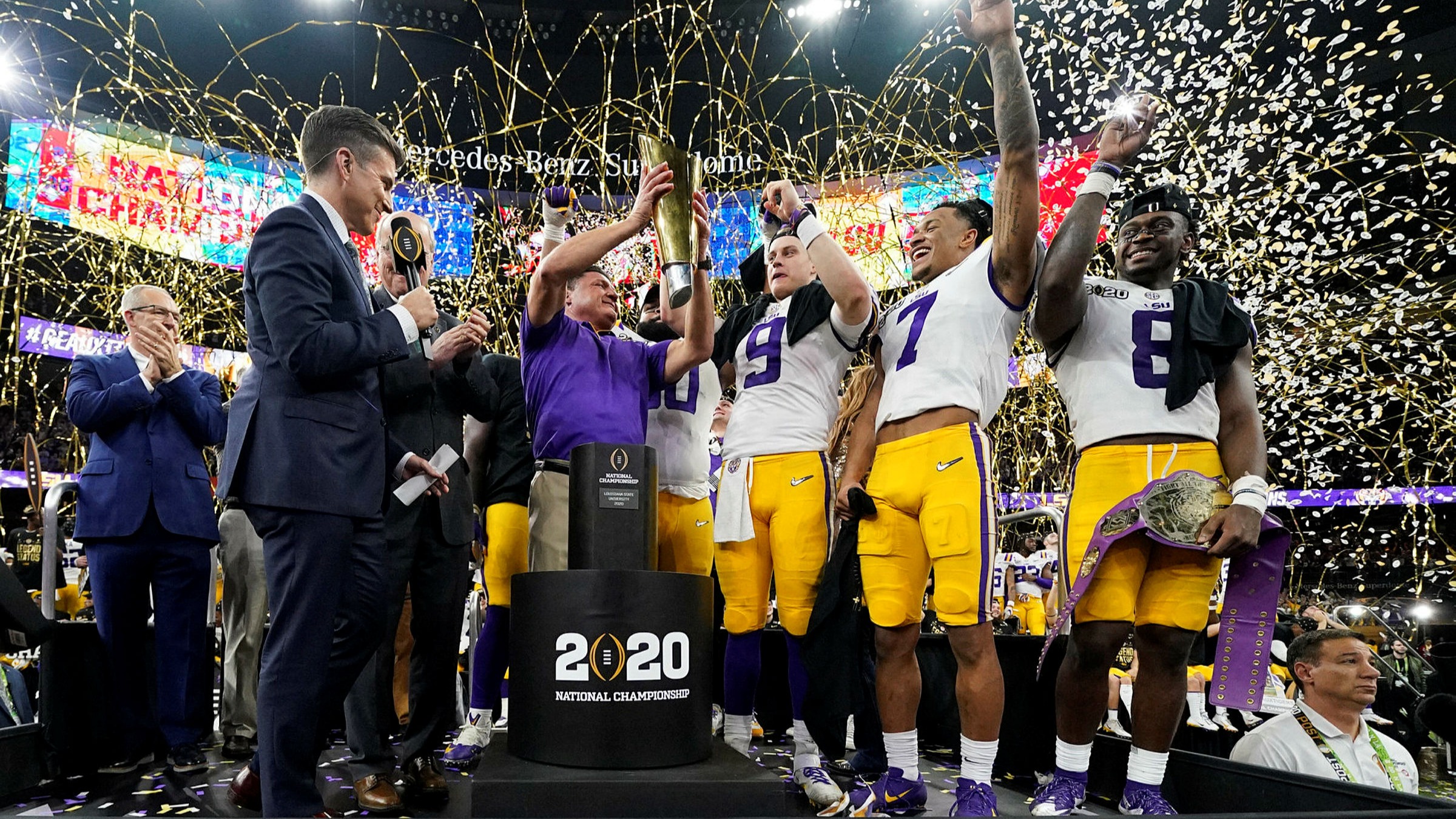The main organization responsible for collegiate sports in the United States (NCAA) annually generates about one billion dollars. At the same time, the entire university sports system, according to the most conservative estimates, generates $12 billion.
The main organization responsible for collegiate sports in the United States (NCAA) annually generates about one billion dollars. At the same time, the entire university sports system, according to the most conservative estimates, generates $12 billion. In principle, after that you want to sprinkle ashes on your head, screaming in bewilderment “how do they do it ?!”. The Football Arithmetic Blog, in collaboration with the Center for Strategic Studies in Sports, tried to understand what exactly they are doing in North America so that university competitions have a similar commercial success.

The lion’s share of the NCAA’s revenue comes from television and commercial rights. The absurdity comes to the point that even in Russia you can see student basketball and American football competitions on TV. The remaining $11 billion comes from match tickets sold by universities, merchandise sold and, ultimately, the sheer number of hot dogs in stadiums. At the same time, the NCAA, like its professional colleagues from the “Big Four” (NFL, NHL, NBA, MLB), likes to use the mechanism of revenue distribution among its members. 96% of the money earned is distributed among the universities that paid the membership fee, as well as to cover the expenses for holding tournaments. In turn, educational institutions use the funds received to finance their own training programs for athletes, the salaries of coaching and administrative staffs. Also, this money is used to maintain the sports infrastructure of universities and purchase equipment.
Attendance
The popularity of college tournaments in the US is a phenomenon in itself. Competitions among universities can attract a larger audience than professional leagues. The University of Michigan football team averaged 110,000 spectators at home games in 2015. Another 5 football teams of universities also exceeded the mark of 100,000 spectators at home matches. The average attendance of the most popular college football league (Football Bowl Subdivision), which includes 128 teams, is only 5,000 behind the NFL professional league.
TV
The fact that you can earn millions on sports broadcasts, the public is already used to. But when the realization comes that you can earn billions, and even on non-professional student sports, then inside you feel uneasy with bursting envy. The current agreement with media holdings CBS and Turner is concluded for a period of 14 years, during which US college sports will receive $ 771.4 million on average per year.

It is clear that such amounts are unattainable forstudent and even professional sports at this stage. But it turns out that back in the 1980s, the U.S. college sports organization was making more money from its television broadcasts than the Russian Premier League is now making from them. However, it should be noted that along with the TV rights, the NCAA also transfers its commercial rights. The same holdings that show the matches are responsible for the implementation of the student league marketing campaigns: Turner and CBS. ESPN is responsible for the NCAA’s overseas media promotion, which will net the league an additional $200 million.
